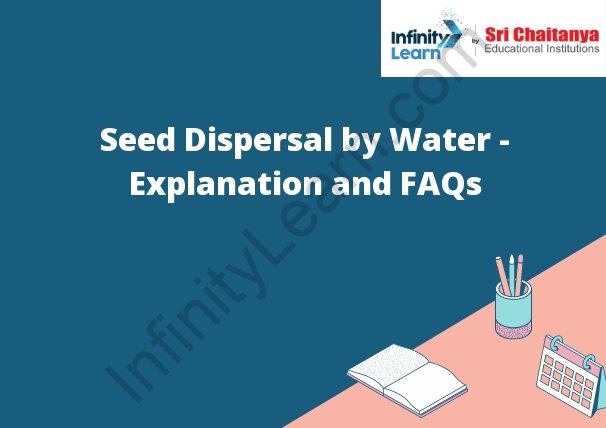Table of Contents
Dispersal by Water
Animals that disperse by water are typically aquatic or semi-aquatic. They use water to move from one place to another, often to find food or a new home. Some animals, like fish, simply swim to a new location. Others, like mussels, use water to attach themselves to a new substrate. Still others, like water striders, use their buoyancy to move on the surface of the water.

Types of Pollination
Pollination is the transfer of pollen from the male anther of a flower to the female stigma of a flower. Pollination can be accomplished by wind, bees, or other animals.
Agents of Pollination
There are many agents of pollination, but the most common are bees, birds, and bats. Pollination is the transfer of pollen from the male part of the flower (stamen) to the female part of the flower (pistil). This process allows the plant to produce fruit. Pollination can occur when the pollinator brushes against the pistil, or when the pollinator drinks the nectar from the flower.
Hydrophily
Hydrophily is the affinity of a molecule or surface for water molecules. Hydrophilic molecules or surfaces are those that are attracted to water and tend to dissolve in it. Hydrophobic molecules or surfaces are those that are repelled by water and tend to form droplets or clumps that do not dissolve in water.
Pollination by water
Pollination by water occurs when the pollen from one flower is deposited on the stigma of another flower that is in contact with water. The water can be from a stream, river, lake, ocean, or even rain. The movement of the water helps to transport the pollen to the new flower.
Important Characteristics of Flowers Pollinated by Abiotic Agents
Abiotic agents, such as wind and water, can pollinate flowers by transferring pollen from the male parts of one flower to the female parts of another. This process can be assisted by the use of pollinators, such as bees, which can move pollen from one flower to another more efficiently. Some flowers are pollinated by both abiotic and biotic agents.







